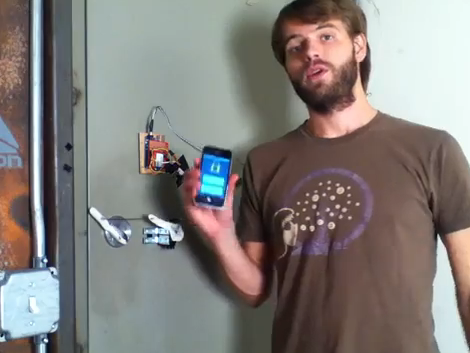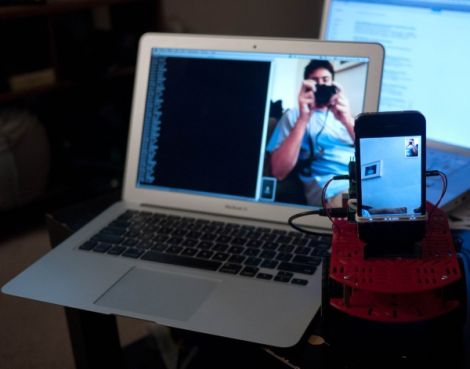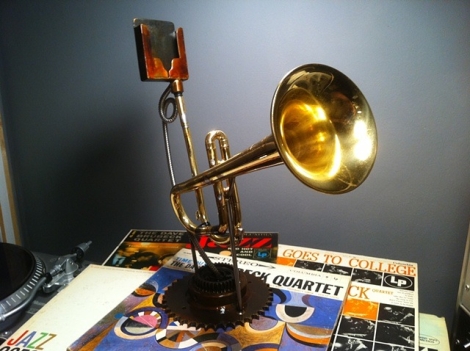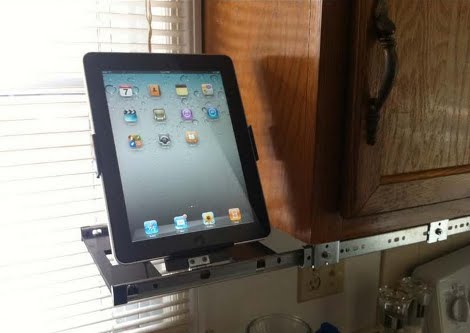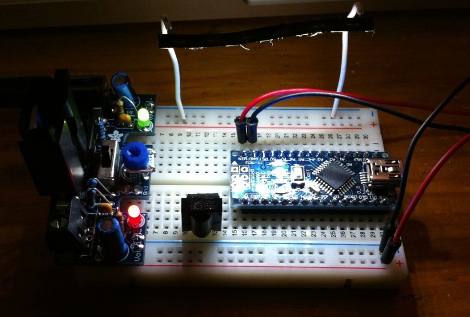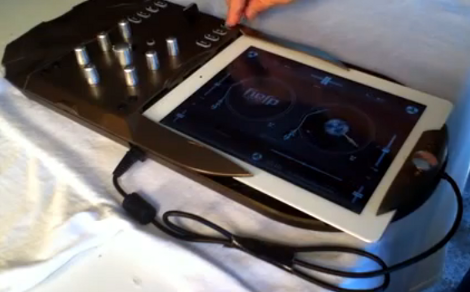
[DJ FileSpnR] did a number on this IDJ Live hardware to make room for an integrated iPad. Those that have seen the hardware before may not even recognize it. In stock condition the controller has two turn-table actuators with cross-fader control in between them. The iPad perches on top like a book, making it a fairly bulky setup.
In its hacked format, the device is much more mobile. The physical turntables have been removed, and the center console was moved to one side. This leaves just enough room to fit the iPad 2 (the original iPad is probably too thick for this to work). A cresent of the original turn table bezel has been retained to clamp the iPad in place, and to protect the dock connector at the same time. Now the touchscreen serves as turntable control, with physical sliders to the right which mange the cross-fading.
Check out the video after the break where the DJ explains his alterations and demonstrates the finished project.
Continue reading “IPad 2 Gets A Home In Hacked IDJ Live Console”

